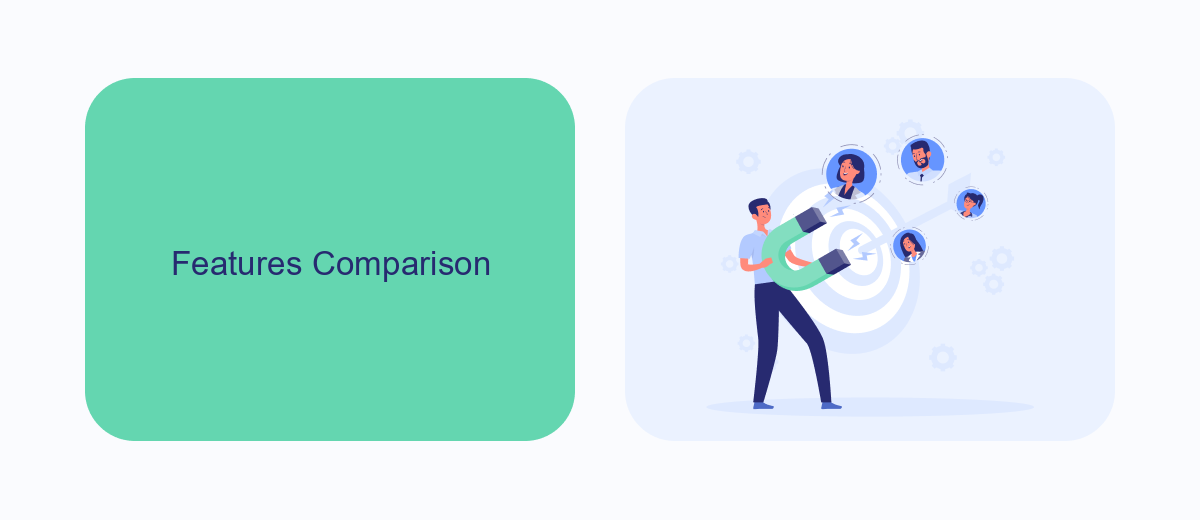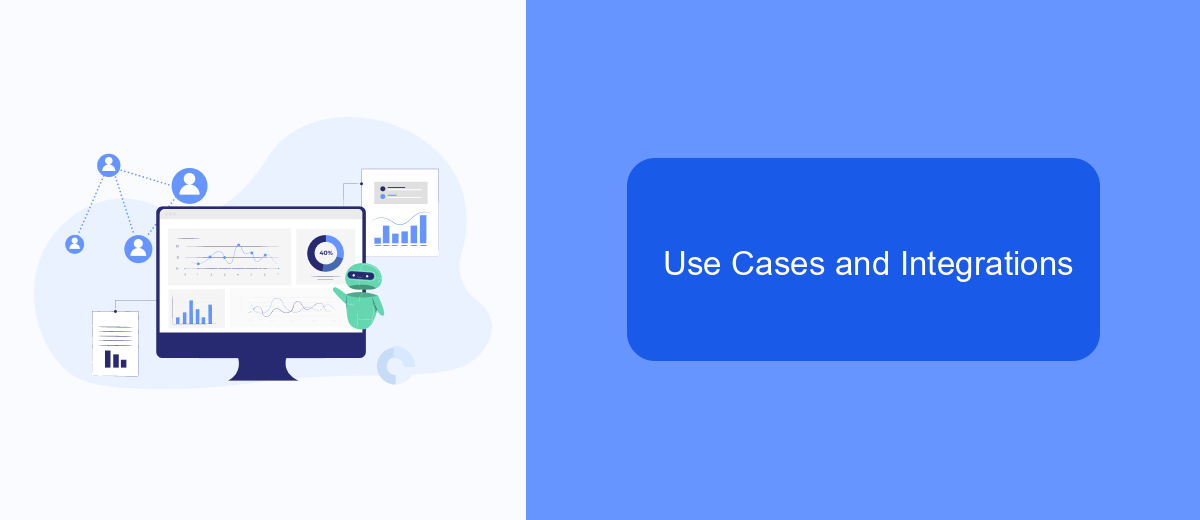In the ever-evolving landscape of automation tools, Flow and IFTTT stand out as powerful contenders. Both platforms offer unique capabilities to streamline tasks and improve productivity, but they cater to different needs and user bases. This article delves into a comparative analysis of Flow and IFTTT, highlighting their key features, strengths, and ideal use cases to help you make an informed choice.
Introduction
In today's fast-paced digital world, automation tools have become essential for optimizing workflows and enhancing productivity. Two of the most popular automation platforms are Microsoft Flow (now known as Power Automate) and IFTTT (If This Then That). Both platforms offer unique features and capabilities that cater to different user needs and preferences.
- Microsoft Flow (Power Automate): Integrates with a wide range of Microsoft services and offers advanced automation capabilities for business processes.
- IFTTT: Focuses on simple, user-friendly automation for a variety of web services and smart devices, making it accessible to non-technical users.
Choosing the right automation tool depends on your specific requirements and the complexity of the tasks you need to automate. For instance, SaveMyLeads is a service that simplifies the integration process by connecting various applications and automating data transfers, making it an excellent option for businesses looking to streamline their workflows without extensive technical expertise. In this article, we will compare Flow and IFTTT to help you determine which platform best suits your needs.
Features Comparison

Flow and IFTTT are both powerful automation tools, but they cater to different needs and offer distinct features. Microsoft Flow, now known as Power Automate, is designed for more complex workflows and integrates seamlessly with other Microsoft services like Office 365, Dynamics 365, and Azure. It offers advanced data manipulation, conditional logic, and the ability to create multi-step automations. Flow is particularly suited for businesses that require robust and scalable solutions for automating repetitive tasks and integrating various enterprise systems.
On the other hand, IFTTT (If This Then That) is geared towards individual users and simpler automations. It supports a wide range of apps and devices, making it ideal for personal use and smart home setups. IFTTT is user-friendly, with a straightforward interface that allows users to create applets with minimal effort. For those looking to integrate various services without extensive technical knowledge, platforms like SaveMyLeads can further simplify the process by offering pre-built integrations and an easy-to-use interface, bridging the gap between different applications and services.
Pricing and Plans

When comparing the pricing and plans of Flow and IFTTT, it's essential to understand the value each platform offers for their respective costs. Both services provide a variety of plans to cater to different user needs, from personal use to business solutions.
- Flow: Flow offers a free tier with limited functionalities, suitable for individuals or small projects. The premium plans start at per user per month, which include advanced features and higher limits on actions and integrations.
- IFTTT: IFTTT provides a free plan that covers basic automation needs. For more advanced users, the Pro plan is available at .99 per month, offering multi-step applets and faster execution times. Additionally, the IFTTT Developer plan starts at 9 per year, enabling developers to create and publish their own applets.
For users seeking a more streamlined approach to integration without the hassle of manual setup, services like SaveMyLeads can be an excellent alternative. SaveMyLeads offers automated lead data transfer between various platforms, simplifying the process and saving valuable time. This can be especially beneficial for businesses looking to optimize their workflows efficiently.
Use Cases and Integrations

Flow and IFTTT are powerful automation tools that cater to different user needs and scenarios. Flow, now known as Power Automate, is designed for more complex workflows and enterprise solutions, offering robust integrations with Microsoft products and other enterprise software. IFTTT, on the other hand, is user-friendly and caters to personal and small business needs by connecting a wide range of apps and devices for simpler tasks.
Both platforms offer unique use cases and integrations that can significantly enhance productivity and efficiency. Flow is ideal for automating business processes, data management, and advanced analytics, while IFTTT excels in smart home automation, social media management, and personal productivity.
- Flow: Automating approval workflows in enterprises.
- IFTTT: Connecting smart home devices for seamless automation.
- Flow: Integrating with enterprise-level CRM and ERP systems.
- IFTTT: Managing social media posts across multiple platforms.
- Flow: Advanced data analysis and reporting.
- IFTTT: Streamlining personal productivity tasks.
For those looking to streamline the setup of these integrations, services like SaveMyLeads can be invaluable. SaveMyLeads simplifies the process of connecting various apps and automating workflows, making it easier for businesses and individuals to leverage the full potential of Flow and IFTTT.
Pros and Cons
Flow offers a robust platform for creating complex workflows with a wide range of integrations and customization options. Its flexibility allows users to automate intricate processes, making it a powerful tool for businesses with specific needs. However, its complexity can be a downside for non-technical users, requiring a steep learning curve to fully utilize its capabilities. Additionally, the cost can be a barrier for smaller businesses or individuals looking for simple automation solutions.
IFTTT, on the other hand, is known for its user-friendly interface and simplicity, making it accessible to a broader audience. It supports a wide variety of popular apps and services, allowing users to create basic automation tasks quickly. Nevertheless, its simplicity can also be a limitation, as it may not support more complex workflows that some users require. For those looking for a middle ground, services like SaveMyLeads can offer a balance by providing easy-to-use integrations with powerful automation capabilities, bridging the gap between simplicity and functionality.


FAQ
What is the main difference between Flow and IFTTT?
Can I integrate multiple apps with Flow and IFTTT?
Do I need coding skills to use Flow or IFTTT?
Which platform offers better support for business automation?
Are there any alternatives to Flow and IFTTT for automation?
Are you using Facebook Lead Ads? Then you will surely appreciate our service. The SaveMyLeads online connector is a simple and affordable tool that anyone can use to set up integrations for Facebook. Please note that you do not need to code or learn special technologies. Just register on our website and create the necessary integration through the web interface. Connect your advertising account with various services and applications. Integrations are configured in just 5-10 minutes, and in the long run they will save you an impressive amount of time.
